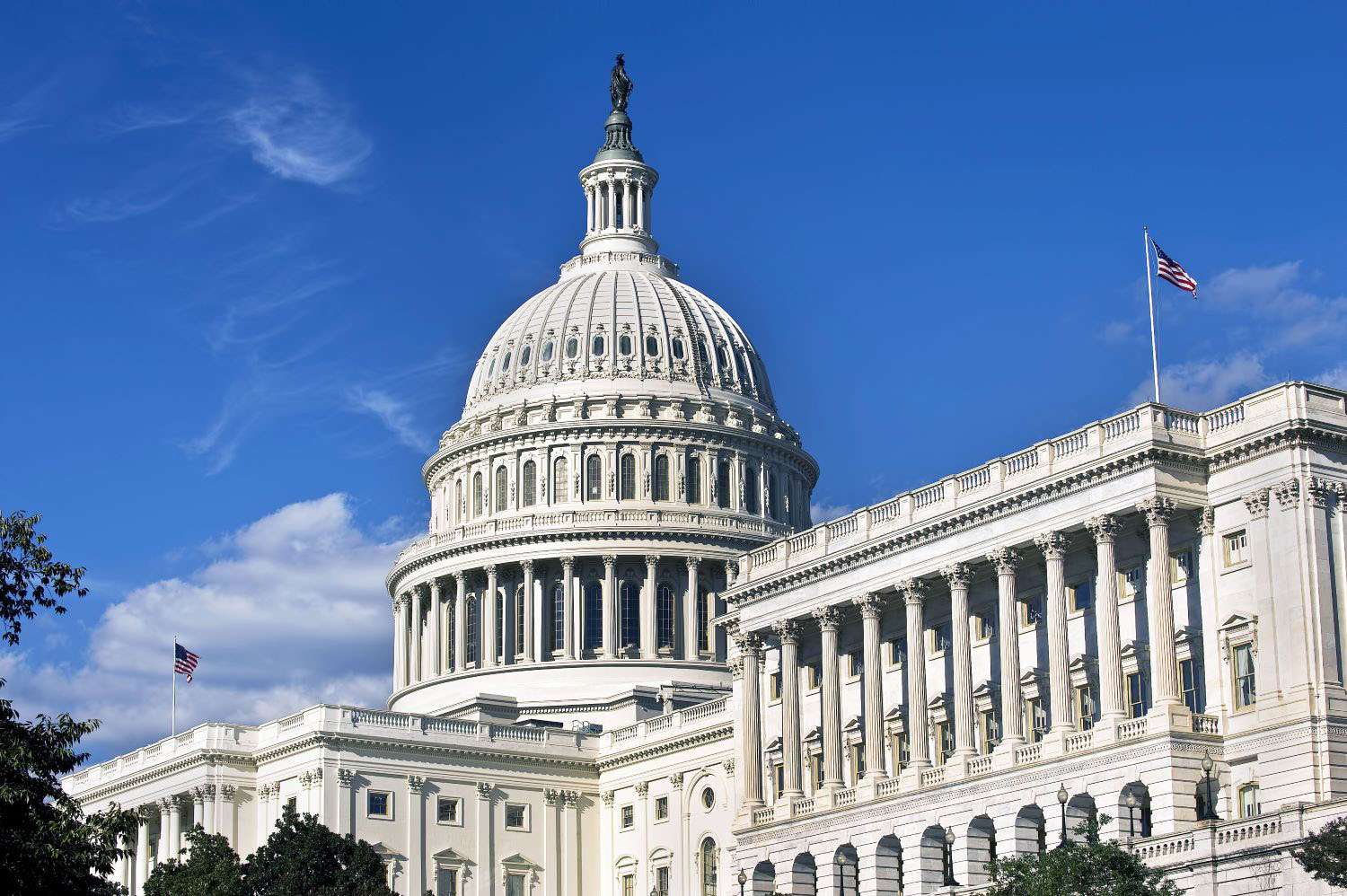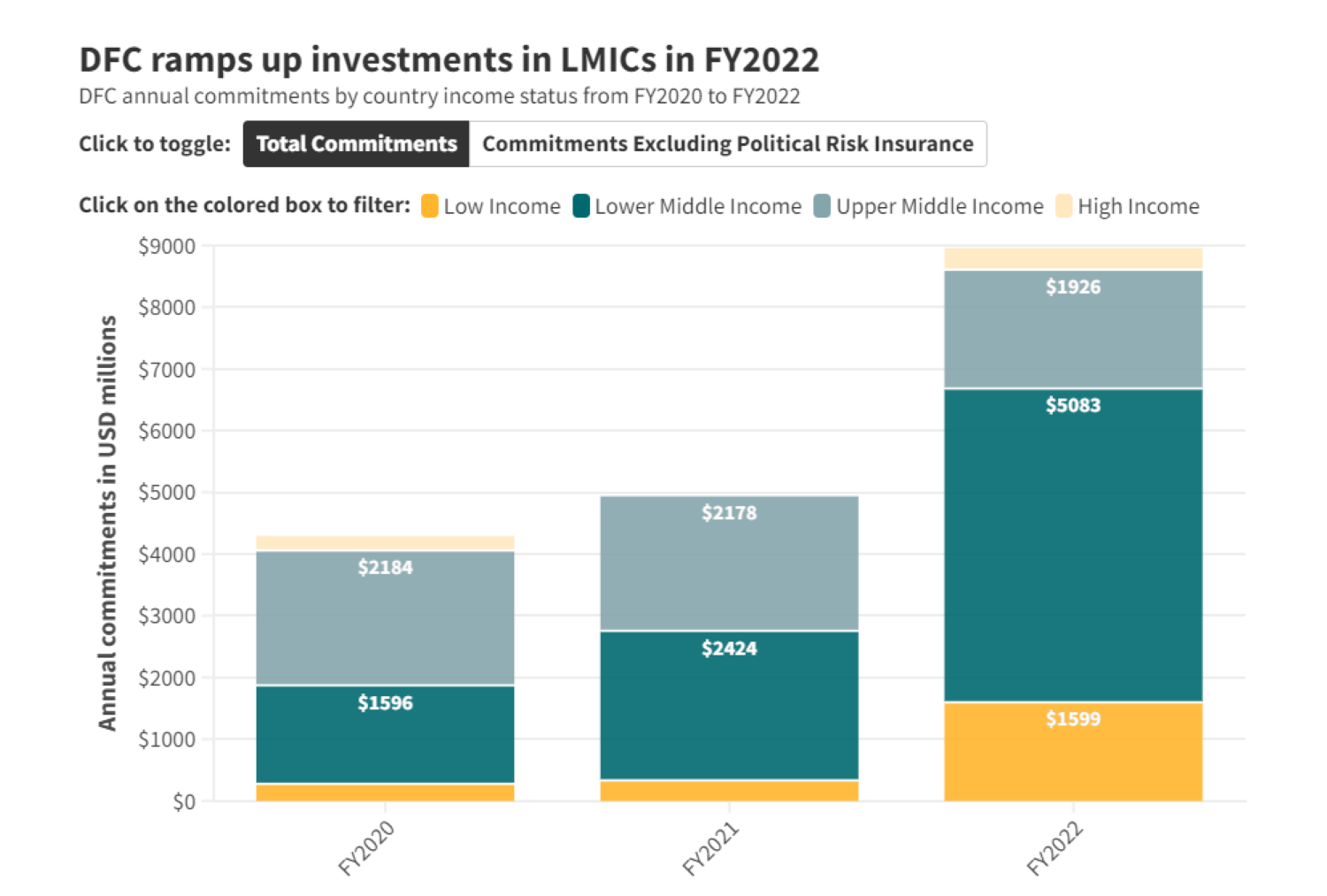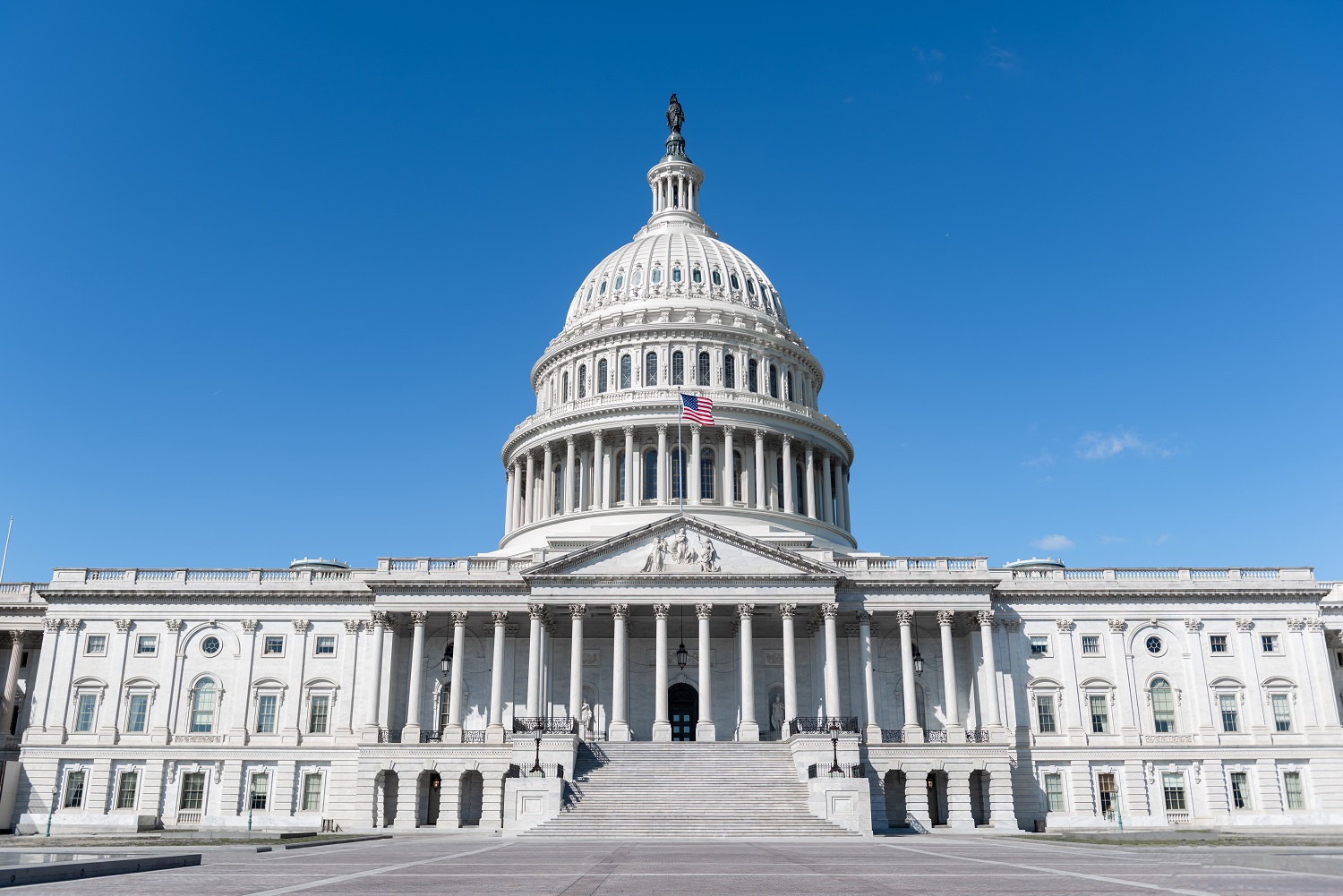This is a joint post with Ben Leo.
Of the many outcomes in the FY2014 Omnibus Appropriations legislation, one that stood out was buried in section 7081. This provision now allows the Overseas Private Investment Corporation (OPIC) to invest in fossil fuel power projects in IDA and IDA-blend countries. In other words, OPIC’s carbon cap has been lifted at least until the end of September.
The debate now shifts to what OPIC will be able to do over the medium- to long-term to help close the huge energy access gap. Attention will now turn to the Electrify Africa Act first introduced by Representatives Royce (R-CA), Engel (D-NY), Smith (R-NJ) and Bass (D-CA) and currently has 41 additional cosponsors from both parties. A similar bill is in the works on the Senate side. Will OPIC be allowed to continue investing in natural gas projects? Or will it again be forced to focus almost exclusively on renewables? And, what does this all mean for the six Power Africa countries (and other poor, low emitting countries too)?
To help clarify what’s at stake, we estimated how different OPIC energy portfolios would impact electricity access levels and additional generation capacity. Here’s a taste of what we find:

In short, we estimate that more than 60 million additional people in poor nations could gain access to electricity if OPIC is allowed to invest in natural gas projects and not just renewables.* The difference in generation is 38,000 MW, or more than three times the current combined capacity of the six Power Africa countries. Read the full paper, with our methodology, here.
* This simulation is based on OPIC commitments totaling $10 billion.
CGD blog posts reflect the views of the authors, drawing on prior research and experience in their areas of expertise.
CGD is a nonpartisan, independent organization and does not take institutional positions.






